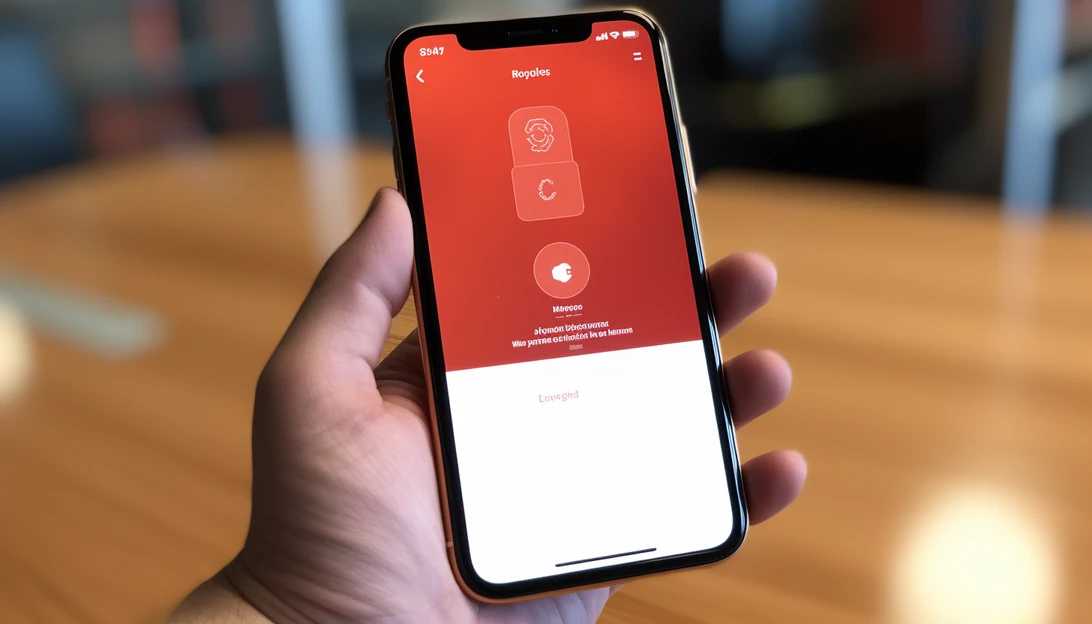Security
published : 2023-12-02
Ghost Hacking: How to Protect Yourself from Scams from Beyond the Grave
Scammers are hacking the dead and it’s costing the living

Online, the dead live on as digital ghosts. You may have encountered some of them, perhaps without even knowing it. In fact, as more and more people pass away, their online profiles will soon outnumber the living ones, especially on Facebook.
This creates a lucrative opportunity for scammers and hackers who prey on the deceased and their friends and family. Cybercrimes are already costing internet users $10.2 billion, with over 1.4 million cases of identity fraud reported this year alone. Online scams are becoming more prevalent dangers in our lives.
Ghost hacking, also known as ghosting, is a scam where scammers do not attempt to break into your account but instead use the account of your deceased relative or friend. They use this account to send spam, scam messages, or malicious content to the deceased person's friends and family.
Losing a loved one is already difficult, but it can be even harder when their online identity is compromised by hackers. Hackers may try to exploit your relative's Facebook account by sending spam, scams, or even trying to steal personal or financial information. Cybersecurity solutions company, Check Point, reported a 38 percent increase in global cyberattacks just last year.
Fortunately, there are steps you can take to protect your deceased relative's Facebook account and prevent scammers from exploiting their identity. Here's how to do it:

Step 1: Memorialize a deceased loved one's account. Facebook offers a feature that allows you to memorialize the account of your deceased loved one. You need to provide basic information and documentation to complete this process.
Step 2: Request Facebook to delete your relative's account after they pass away. If you don't want your relative's Facebook account to remain online, you can submit a request to Facebook to delete the account permanently. This will remove all profile information, photos, posts, comments, and messages from Facebook. You will need to provide proof of death and proof of authority to make this request.
Step 3: Use strong and unique passwords. Creating strong passwords for your accounts and devices is essential. Avoid using the same password for multiple online accounts to prevent hackers from accessing your personal information and assets.
Consider using a password manager to securely store and generate complex passwords. A password manager not only helps you create unique and difficult-to-crack passwords but also keeps track of all your passwords and fills them in for you when logging into an account. This reduces the risk of password reuse.
Step 4: Use 2-factor authentication (2FA). Enable 2FA on your relative's Facebook account to add an extra layer of security. 2FA requires a password and a code sent to your phone or email every time you log in. This makes it harder for hackers to gain access to the account, even if they have the password.

Step 5: Report any suspicious activity to Facebook. If you notice any suspicious activity on your relative's Facebook account, such as unusual messages, posts, comments, or friend requests, report them to Facebook immediately. Reporting such activities helps Facebook investigate and take appropriate action to protect the account from further harm.
Step 6: Use antivirus protection. Install and run effective antivirus software on all your devices to protect against scams and hackers. Antivirus software helps detect and prevent malware from compromising your system and accessing personal information.
If you or your loved one becomes a victim of identity theft, there are steps you can take to mitigate the damage and prevent further harm. Regain control of your accounts, change passwords, inform account providers, review bank statements, use identity theft protection services, report breaches to government agencies, seek professional advice, alert credit bureaus, and run background checks to ensure your information is not being misused.
Protecting yourself on social media requires implementing strong security measures, such as using unique passwords, enabling 2FA, and reporting suspicious activities. By taking these steps, you can safeguard your online presence and honor the memory of your loved ones.
As technology continues to evolve, it's crucial to stay vigilant and adapt to new threats. By staying informed and implementing best practices, we can navigate the digital world with confidence and protect ourselves from scams, even from beyond the grave.
